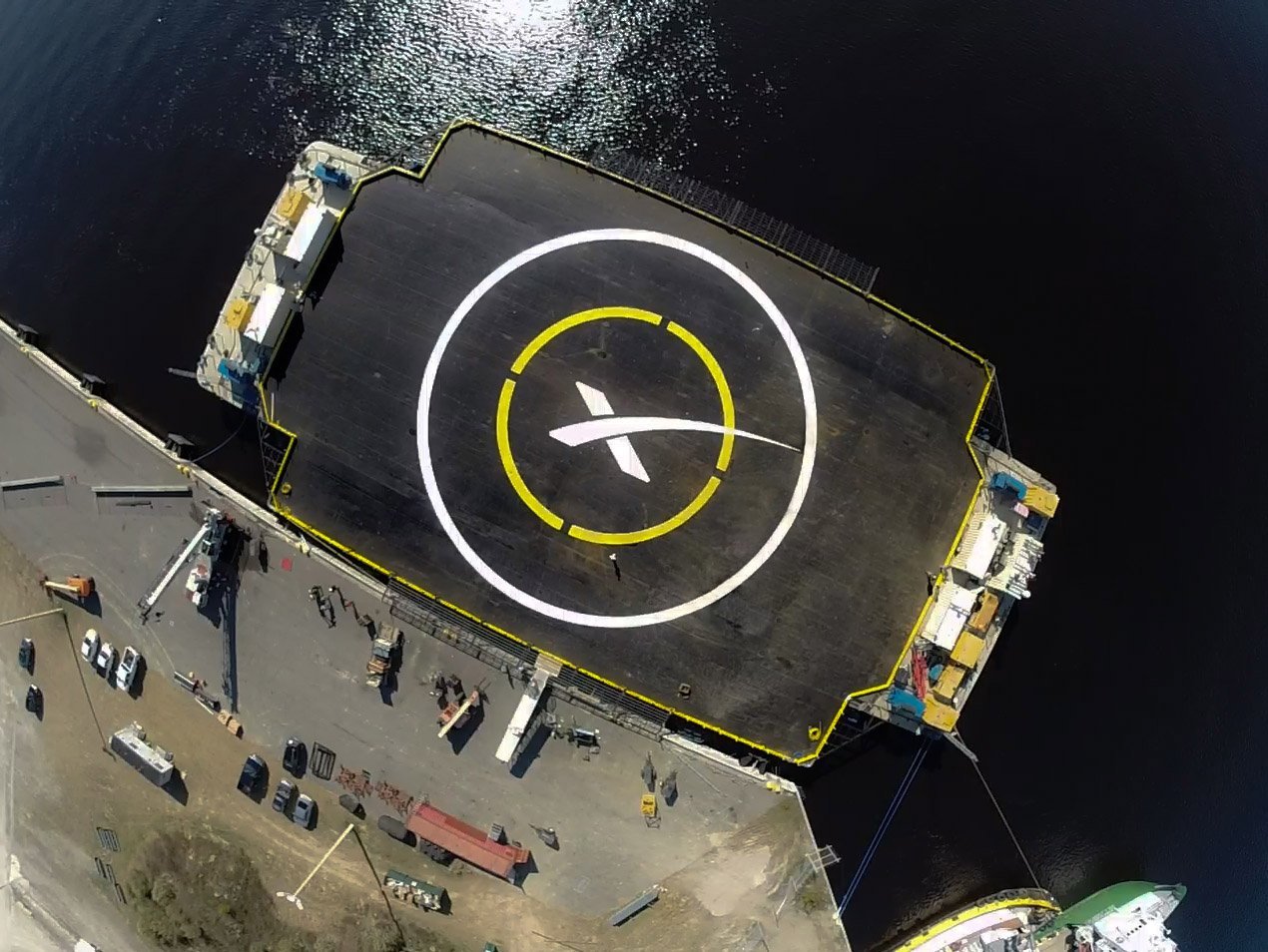Launching rockets is a complicated thing. Landing them upright on a platform floating in the ocean? Well, that’s never been done before. But SpaceX, the private space exploration company founded by billionaire Elon Musk, plans to give it a try Monday.
At 4:33 p.m. ET, the company is scheduled to launch a two-stage Falcon 9 rocket carrying an uncrewed cargo spacecraft called Dragon on a flight from Cape Canaveral, Florida, to the International Space Station.
That will be the easy part.
After the launch, SpaceX will try to guide the bottom stage of the rocket upright onto a platform, or what it calls an autonomous spaceport drone ship, in the Atlantic Ocean off Florida.
Usually booster rockets burn up in Earth’s atmosphere or, like NASA’s space shuttle boosters, they fall back into the ocean. So why try to land one?
Musk wants to cut costs. On his company’s website, he says that if anyone can figure out how to “reuse rockets just like airplanes, the cost of access to space will be reduced by as much as a factor of a hundred.”
SpaceX tried to land a Falcon 9 on the drone ship in January, but the rocket hit at an angle and exploded.
The company has previously said the odds of a successful landing are about 50%. If you want to see how it goes, it will post photos online throughout the mission and will put video on YouTube.
And if the landing doesn’t work? SpaceX says it will keep trying and, after it masters landing at sea, hopes to someday land rockets on the ground.
What about the rest of the rocket and the Dragon? The smaller, top part of the rocket will carry the Dragon into orbit and then break away from the cargo ship and burn up in Earth’s atmosphere.
The Dragon will dock with the space station a couple of days after launch to deliver more than 4,300 pounds (1,950 kilograms) of supplies, including research equipment and ISSpresso, an espresso maker that astronauts can use to make coffee and tea.
The space station crew will spend about five weeks unpacking the Dragon. They’ll then stuff it with over 3,000 pounds of science experiments, trash and other stuff to send back to Earth. When they’re done, Dragon will leave the space station and mission controllers will guide it to splashdown in the Pacific Ocean off California.
This is the sixth SpaceX mission to the International Space Station. The company was the first private space contractor to dock with the station.



